Decorative and medicinal types of aloe

In urban apartments of Russians, you can often find pots of aloe. Its main advantage is that this absolutely unpretentious plant is not afraid of drought at all. And all thanks to the ability to accumulate moisture in their sheets.
Fulfilling not only a decorative, but also a healing function, aloe is considered an excellent choice for home plant growing.

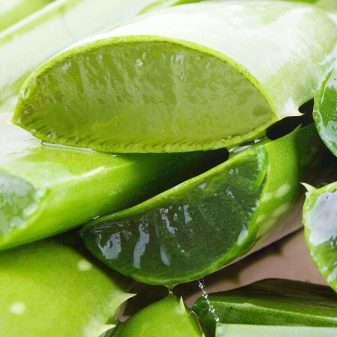
Short description
Indoor plant blooms quite rarely, but in natural conditions, this process is common and widespread. The fleshy leaves release a long arrow from the outlet, which then forms an unusual flower that resembles a spikelet. The inflorescence petals are tubular and are usually colored yellow, orange or purple. The stem of the herbaceous agave is erect and rather branched. Its height at home reaches 70 centimeters.
Scars are often formed on the lower part of the trunk, remaining from falling leaves. The diameter of the leaf rosette is 80 centimeters. Its components themselves, going in a spiral, resemble a sword in shape and are covered with either needles or cilia.
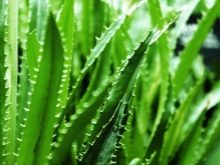

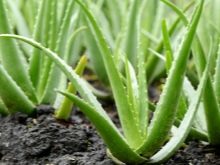
As a rule, the leaves are colored dark green or brownish green, and are also decorated with white stripes or spots.
The emerging peduncle grows up to one meter. By the way, due to the absence of the flower itself at home, some plant breeders consider the appearance of aloe to be rather unattractive.
Although in most cases succulent has medicinal properties, some types of plants do not benefit humans. For example, striped aloe is rather considered poisonous. The most common type of aloe in home growing is aloe vera. Evaluating the healing properties of aloe, we can conclude that the ability to activate the recovery processes in the human body is explained by the richest composition, which includes, in addition to the usual vitamins, essential oils, enzymes, polysaccharides and antioxidants. Aloe is considered an effective tonic and strengthening agent that has a beneficial effect on human immunity. In addition, the plant successfully tackles numerous skin problems, from burns to boils and eczema.
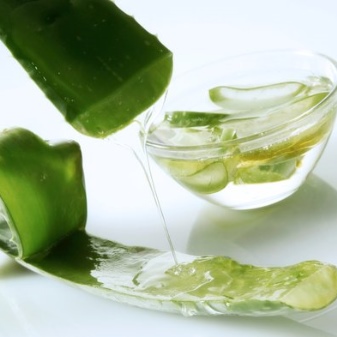

Varieties
There are more than three hundred different types of aloe around the world that successfully develop both in the wild and at home. Some plant varieties even reach 15 meters in height. Varieties of aloe are both medicinal and poisonous, performing a decorative function.
Decorative
- Aloe variegated is considered one of the most beautiful plants among the existing species. The bush reaches 30 cm in height, has a short stem and long triangular leaves. Often aloe variegated is called striped or brindle aloe, due to its unusual mottled color, which is a combination of two colors. In spring, the bush forms beautiful inflorescences of a bright orange or scarlet tone.
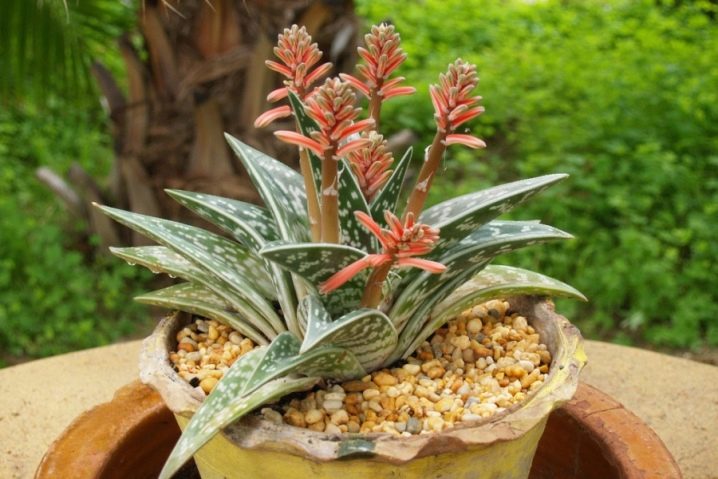
- Aloe folded resembles a miniature tree with a short trunk. The shape of the leaves running in 2 rows resembles a fan. Aloe "Marlota" grows up to 4 meters in the wild. The evergreen bush has large and wide leaves covered with red needles. During flowering, buds appear bright yellow or orange.

- Aloe squat is a miniature perennial covered with light thorns and leaves of different shades of green. During flowering, small reddish flowers appear on it.

- Dichotomous aloe in nature it stretches up to 9 meters. Its trunk is quite thick, and the plant itself resembles a tree. The leaves are covered with a bluish skin and have needles along the edges.
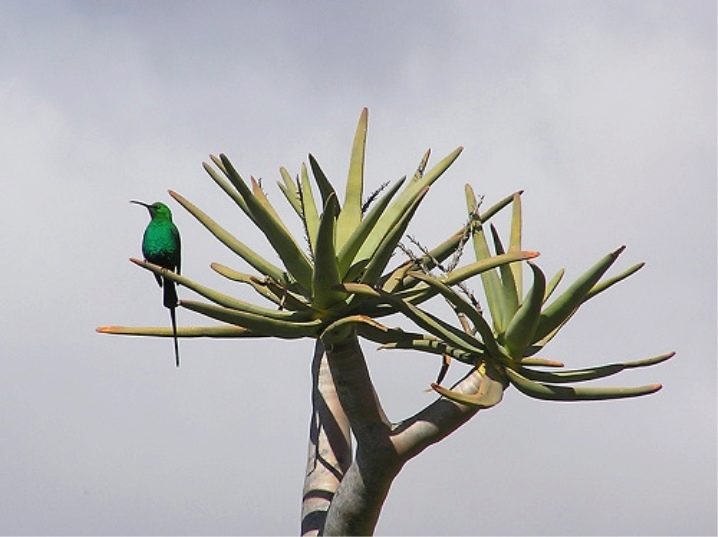
- Aloe strongly branched more like a shrub with lots of lush branches. This variety is highly resistant to temperature fluctuations. However, in high summer temperatures, the plant has to be artificially shaded.

- Aloe cap-shaped is a herbaceous perennial, the curly stems of which reach a couple of meters in length. The leaves are ovoid. On the one hand, white teeth appear on them, and on the other, thorns. During flowering, the bush is covered with bright red flowers.
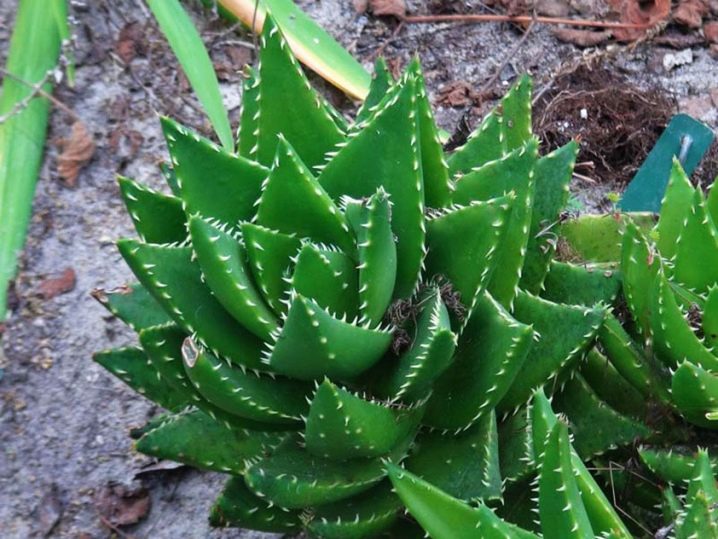
Some types of succulents have rather funny names.
- For example, aloe pretty, which is a herbaceous perennial, covered with narrow leaves with spots and small needles. Flowering is accompanied by the opening of bell buds.
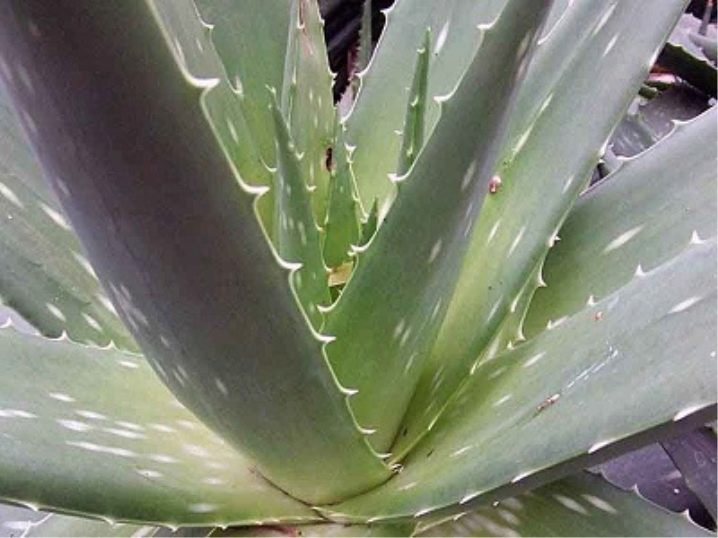
- Aloe spinous looks pretty petite. The bush is decorated with hundreds of narrow leaves, painted in a shade that is a mixture of gray and green, and complemented by snow-white specks. During flowering, pale orange inflorescences are formed, resembling tubes in appearance.
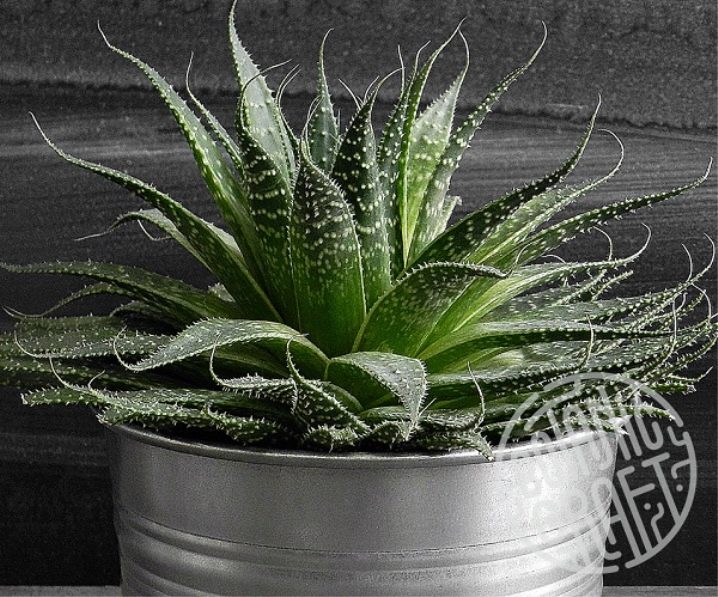
- White-flowered aloe is a rare species of this plant. Its white flowers resemble lily buds in shape. Aloe has no stem, but there are a large number of elongated leaves, strewn with white specks. Jackson's aloe forms a shrub with a short stem and narrow leaves, on the tip of which spines grow.
This variety can be distinguished by the presence of a wax coating.
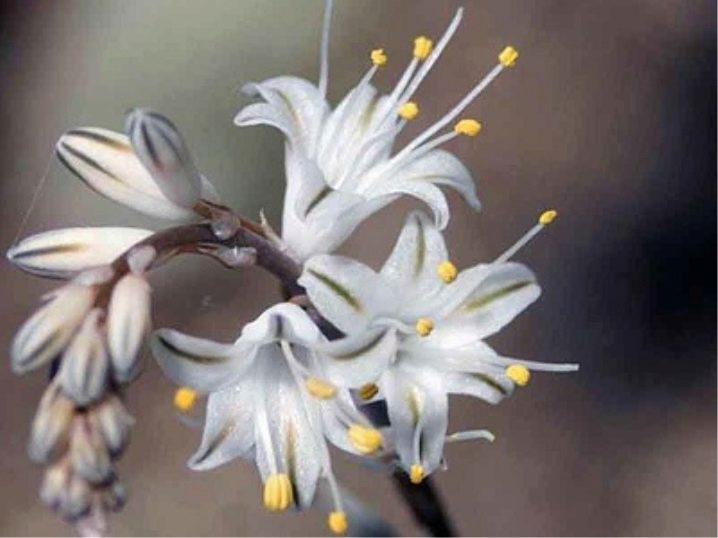
- Aloe Desconigs characterized by the presence of triangular leaves of sufficient length, forming a basal rosette. The color palette of the plant ranges from light green to almost brown. Spines are formed in the form of pimples. Aloe havortia does not need a stem, confining itself to elongated speckled leaves. In addition to light spines, there are also hairs running along the entire length of the leaf plates. During flowering, neat flowers are formed on the bush, painted in pastel colors.
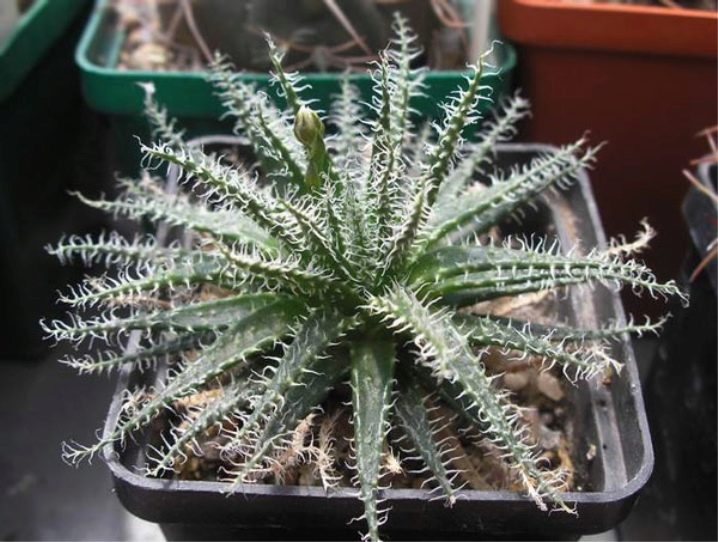
- Aloe black thorn also differs in the absence of a stem. The height of the bush is small - only 50 centimeters. Delta-shaped leaves of dark green color on the reverse side are abundantly covered with needles.
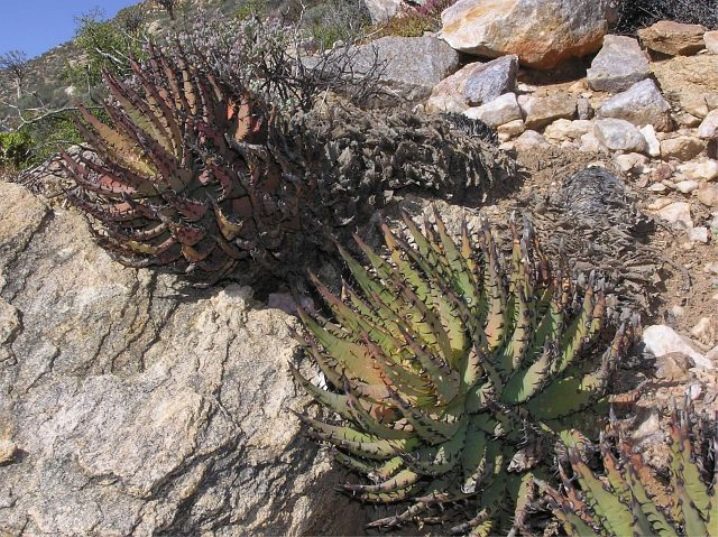
- Aloe arranged characterized by the presence of a creeping stem, the length of which reaches 3 meters. When the plant is still young, its stem is kept straight, but over time it tends more and more to the ground. Quite wide leaves are colored blue and are characterized by the presence of yellow thorns at their tips.

- Aloe mix does not bloom at home. The bush forms creeping shoots up to 50 centimeters long. Smooth and dense leaves are covered with small thorns. Flowers that form in the wild have a beautiful color that is somewhere between red and orange.
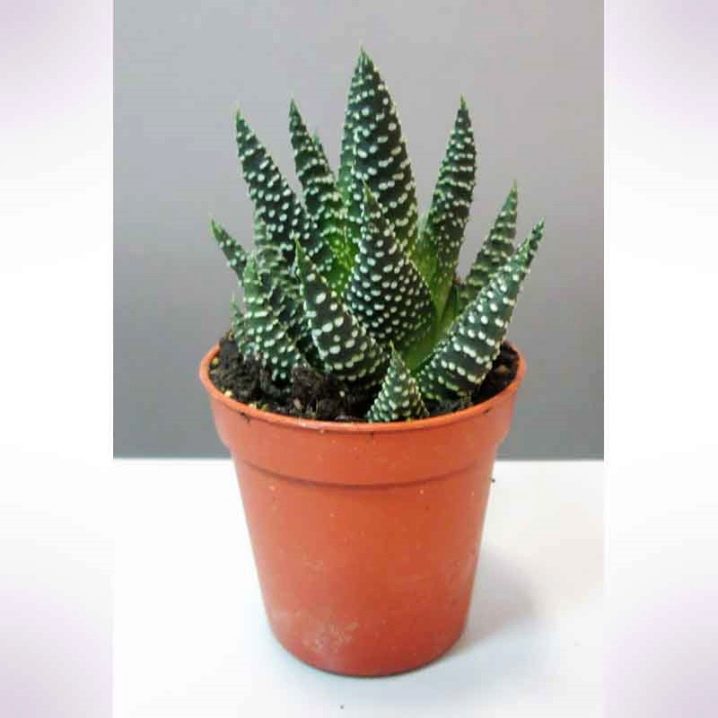
- Aloe Pegler does not stretch, unlike other varieties. On the contrary, over time, the rosette takes on a rounded shape that resembles a sphere. In this case, the sheets themselves begin to bend. The flowers on the plant appear colored in red and orange shades.
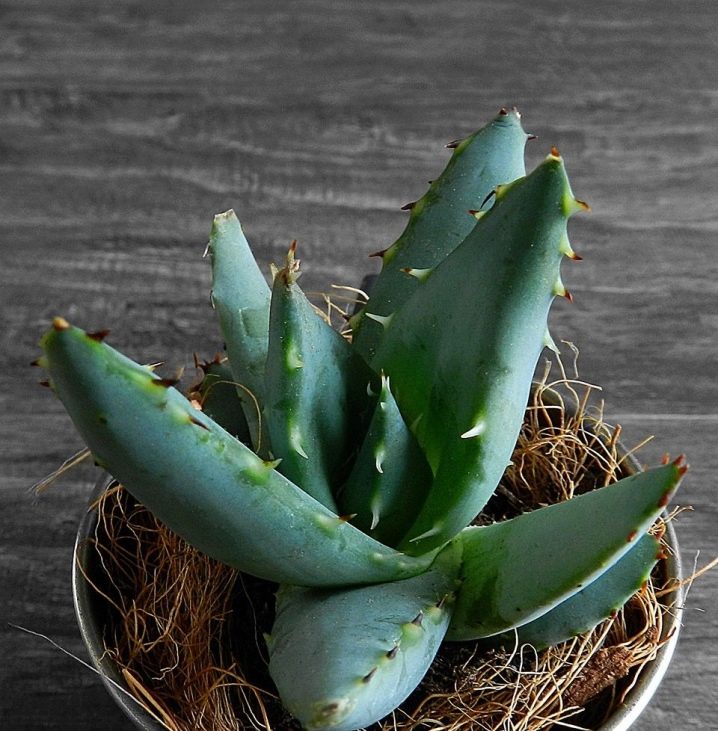
Medicinal
- Aloe soapy, which is also often called spotted, has either a short stem or none at all. The leaves are painted in a traditional dark green shade and are covered with brown thorns. During flowering, a long peduncle is formed, covered with yellow and red buds.
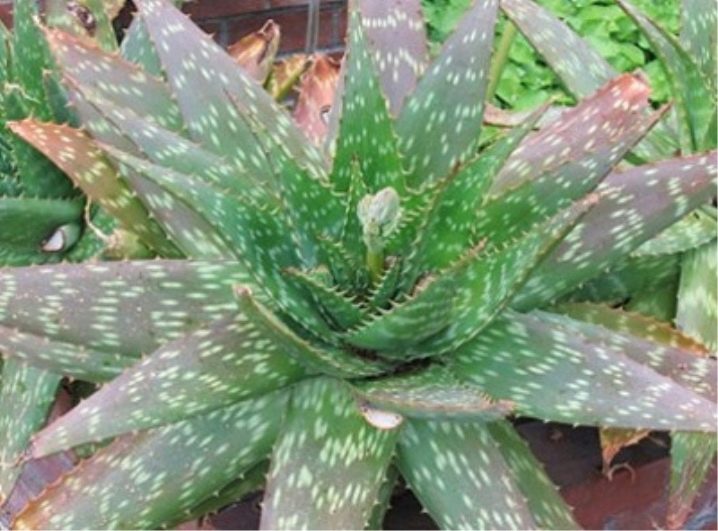
- Aloe Barbados has serrated thick leaves and a shortened stem forming several rosettes.The plant itself is painted in a gray-green hue, but the border of the leaves has a light pink color. Barbadensis Miller is often used by dermatologists to treat numerous skin conditions.
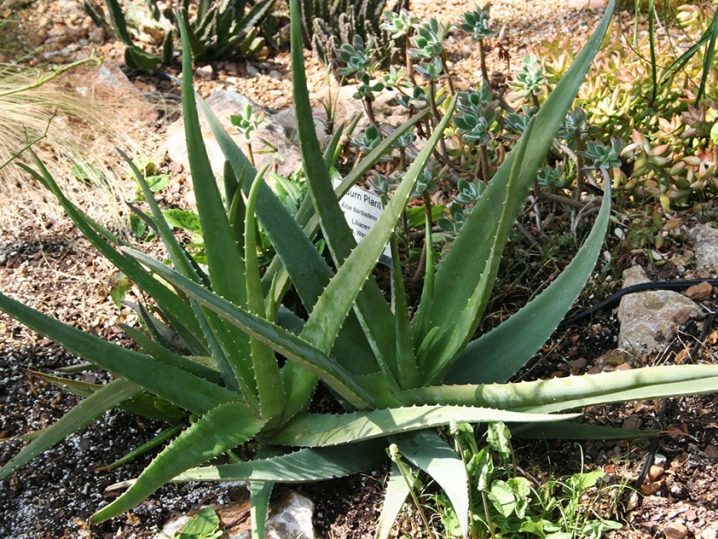
- Among the medicinal varieties of succulents stands apart aloe tree, quite popular in the recipes of traditional medicine, popularly called the agave. During flowering, the plant is covered with bright red or orange flowers. As the name suggests, a succulent plant resembles a tree that can quickly grow up to several meters. The fleshy sword-shaped leaves are covered with small spines.
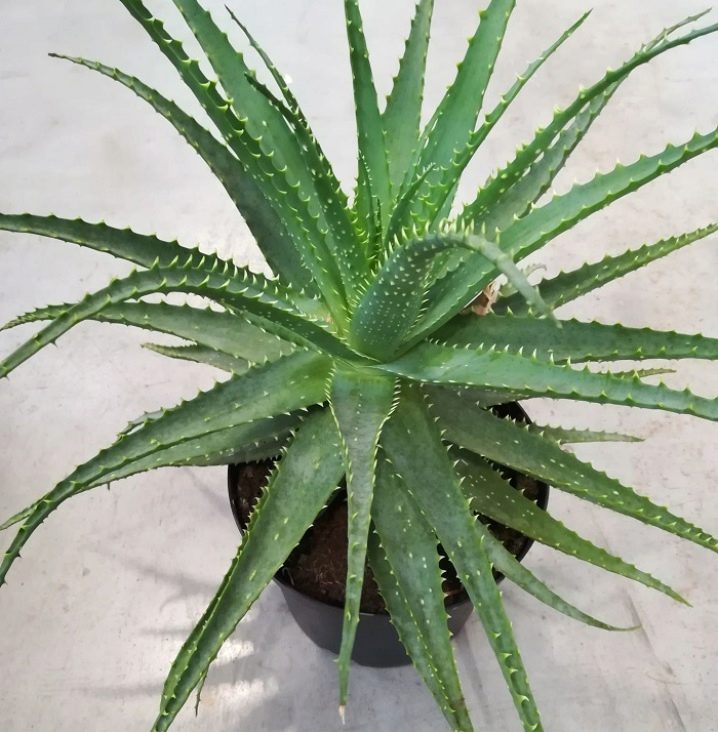
- Aloe awesome in natural habitat it grows up to 3 meters. The erect stem is covered with light red or green leaves, both sides of which are abundantly strewn with thorns. Aloe Vera is better known as aloe vera. The plant has branching stems and light green fleshy leaves. This variety is widely used for inflammation and dermatitis. The sharpest aloe is also classified as a medicinal species of this variety. The branching stem is covered with fleshy leaves, which, in turn, are studded with thorns.

How to choose?
When choosing an aloe, of course, the first step is to determine if the plant is purchased for decorative purposes only, or if it will also be used for medicinal purposes. In addition, experts recommend taking into account the characteristics of the plate and the height of the bush. Naturally, a variety that grows in height up to a couple of meters will feel bad on the shelf of a miniature rack. In the store, it is important to carefully examine the succulent, assessing the thickness and elasticity of the leaves, as well as the condition of the thorns. The thicker the plates, the healthier the plant. The trunk and leaves should be covered with an evenly colored skin, free from spots, rashes and wounds.
In addition, you should check the condition of the back of the leaves, trunk and even roots. - the latter should turn out to be a pure white shade. Therefore, it is better to take aloe, sold in a transparent pot, allowing you to fully assess the situation. During the transportation of the plant to the house, it is necessary to ensure that the bush does not freeze and overheat. In the apartment, aloe is quarantined for 2 weeks away from the rest of the green inhabitants. Irrigation during this period is reduced to a minimum.
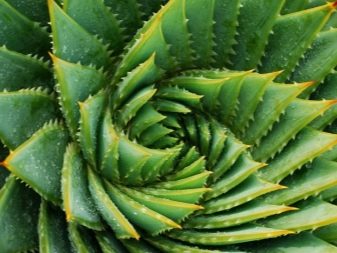
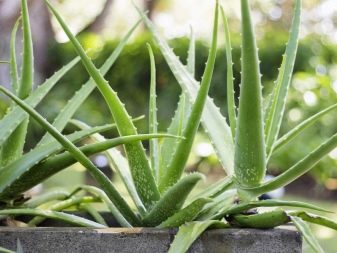
After completing quarantine, you will have to transplant the succulent into a new pot with fresh substrate.
In the next video, you will find the top 10 most beautiful types of aloe for indoor floriculture.


















































The comment was sent successfully.